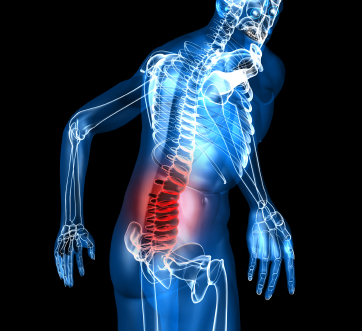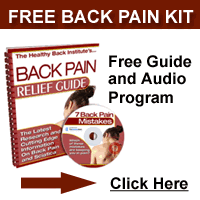
Muscle Spasm: Age Old Problem, Age Old Solution
Muscle spasms strike nearly everyone at some point in their live. The sensation and pain associated with them are unmistakable: a sudden seizing of the muscles, accompanied by contraction and stiffness in those muscles. And then there’s the pain.
Some muscle spasms come and go, and while uncomfortable, are not particularly alarming. For those who repeatedly or chronically suffer muscle spasms associated with musculature imbalances or structural issues in the spine or hips, muscle spasm can become a serious issue.
Because of the sometimes intermittent nature of muscle spasms, finding a useful treatment plan for them can be difficult. Even when the muscle pain is more or less persistent, finding causes and solutions can be tough: many people have gone many years without finding a solution to this type of discomfort.
What Can You Do? There are some things you can do; however. First, it’s important to understand that exercise is key. It might be the last thing you feel like doing, but failure to keep the body moving and the muscles strong and flexible is more likely to make the problem worse. Obviously, for those in serious pain that comes with severe inflexibility (they cannot stand all the way up, for example), exercise must be approached slowly and carefully. The pain is there as a way to keep your body protected, and it’s good to pay attention to that. However, staying in bed will cause muscles to atrophy and tighten, and can lead to more serious issues as well.
Along the same lines, stretching is also important. Inflexible muscles, as well as weakened muscles, will cause your recovery period to be longer than it would be if they were strong and pliant. So starting slow and building up to increasingly fuller and longer stretches will encourage a more rapid recovery.
The Problem Two things, more than any other, lead to back pain that comes in the form of muscle spasms, and they both have to do with the balance that exists between muscle groups. Groups of muscles that work together do so optimally when they are roughly of the same level of strength and the same degree of flexibility. When this balance of strength and flexibility is disrupted, one group of muscles will begin to carry “more than its fair share” of the load.
If this goes on long enough, the structure of the body will begin adjust as well, and eventually it will become misaligned. The pelvis will begin to thrust forward, the spine will begin to curve, and, at some point, the pain of that misalignment will begin to make itself known.
Next thing you know, you haven’t played tennis in months, and you’ve even started to dread the simple things, like a walk to the corner café for a cup of coffee.
The Solution Strength and flexibility of the muscles that control the alignment of the back and hips has long been known to be key in keeping the back healthy and out of pain. The same holds true for what is required to return the back to its previous state of health after pain has begun to manifest.
|
|





